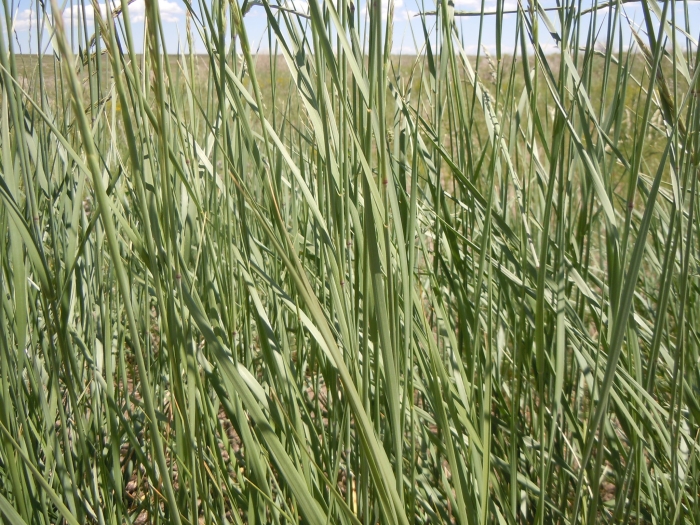Yellow Wildrye
(Leymus flavescens)
Yellow Wildrye (Leymus flavescens)
/
/

© Matt Lavin
CC BY 4.0
Image By:
© Matt Lavin
Recorded By:
Copyright:
CC BY 4.0
Copyright Notice:
Photo by: © Matt Lavin | License Type: CC BY 4.0 | License URL: http://creativecommons.org/licenses/by/4.0/ | Uploader: mattlavin | Publisher: iNaturalist |

























Estimated Native Range
Summary
Leymus flavescens, commonly known as Yellow Wildrye, is a perennial grass native to a range of habitats including steppes, meadows, and riverbanks in central Asia. It can grow up to 4 feet tall and is characterized by its erect, tufted form and blue-green to yellowish foliage. The inflorescences are spiky and can add visual interest to the garden. Flowering occurs in early to mid-summer, and while the flowers are not particularly showy, they do contribute to the plant’s overall texture.
Yellow Wildrye is valued for its drought tolerance and ability to thrive in full sun with well-drained soils, making it an excellent choice for xeriscaping and dry gardens. It is also used in erosion control due to its robust root system. This grass is low-maintenance, requiring minimal water once established. It is often used in naturalistic plantings, as a ground cover, or in borders where its striking form can be appreciated. However, gardeners should be aware that in some regions, Leymus species can become invasive, so it is important to monitor its spread.CC BY-SA 4.0
Yellow Wildrye is valued for its drought tolerance and ability to thrive in full sun with well-drained soils, making it an excellent choice for xeriscaping and dry gardens. It is also used in erosion control due to its robust root system. This grass is low-maintenance, requiring minimal water once established. It is often used in naturalistic plantings, as a ground cover, or in borders where its striking form can be appreciated. However, gardeners should be aware that in some regions, Leymus species can become invasive, so it is important to monitor its spread.CC BY-SA 4.0
Plant Description
- Plant Type: Grass
- Height: 1.5-3 feet
- Width: 2-3 feet
- Growth Rate: Moderate
- Flower Color: N/A
- Flowering Season: Spring, Summer
- Leaf Retention: Deciduous
Growth Requirements
- Sun: Full Sun, Part Shade
- Water: Medium
- Drainage: Fast, Medium
Common Uses
Drought Tolerant, Erosion Control, Low Maintenance
Natural Habitat
Native to steppes, meadows, and riverbanks in central Asia
Other Names
Common Names: Pale Wild Rye
Scientific Names: , Leymus flavescens, Elymus arenicola, Elymus flavescens, Leymus arenicola,
GBIF Accepted Name: